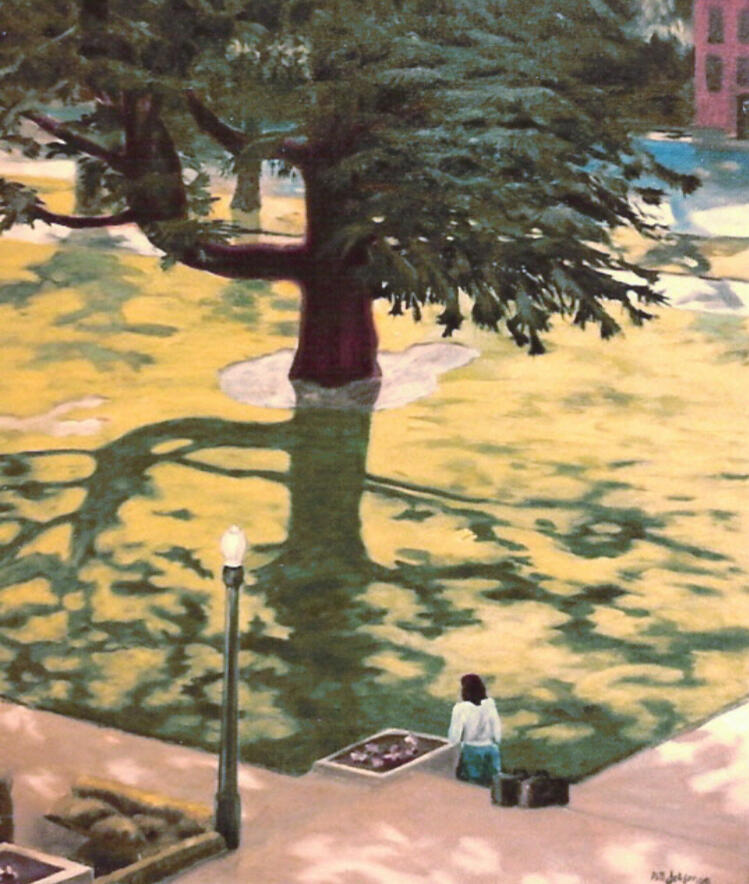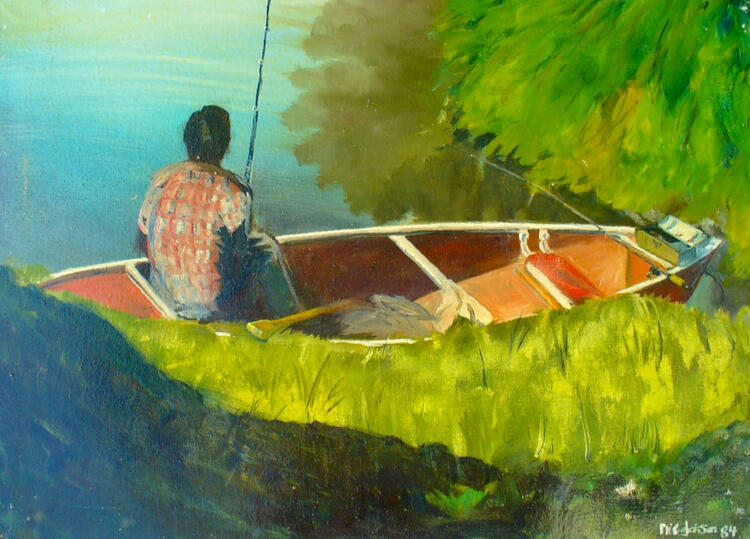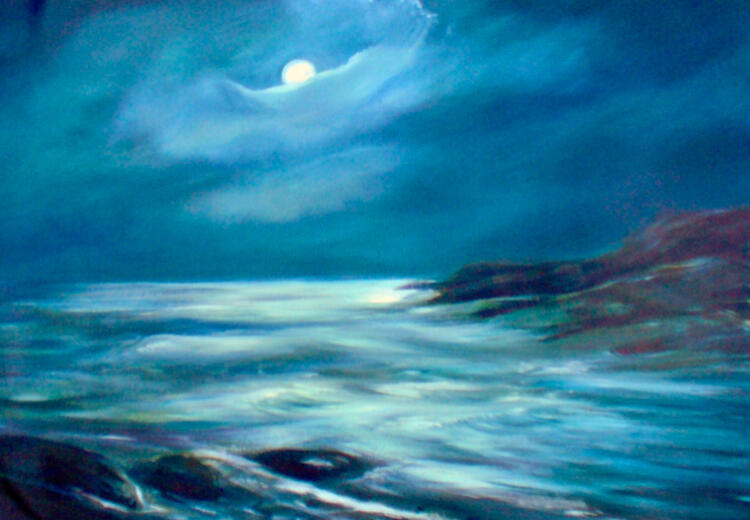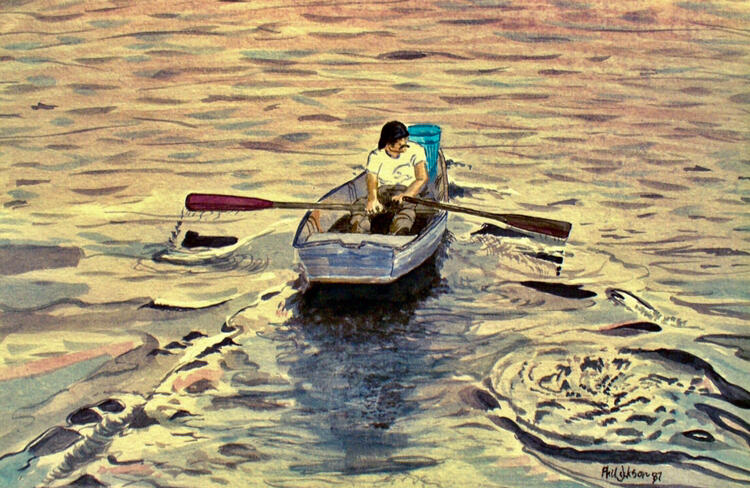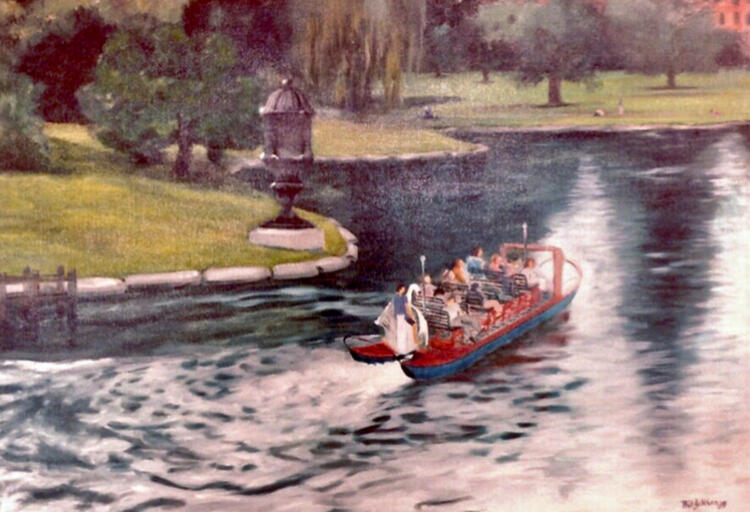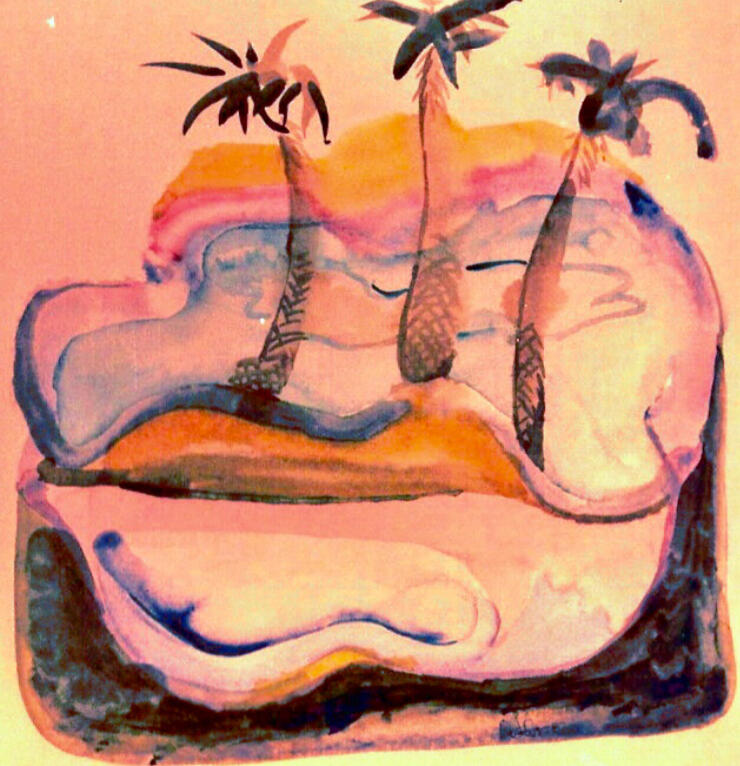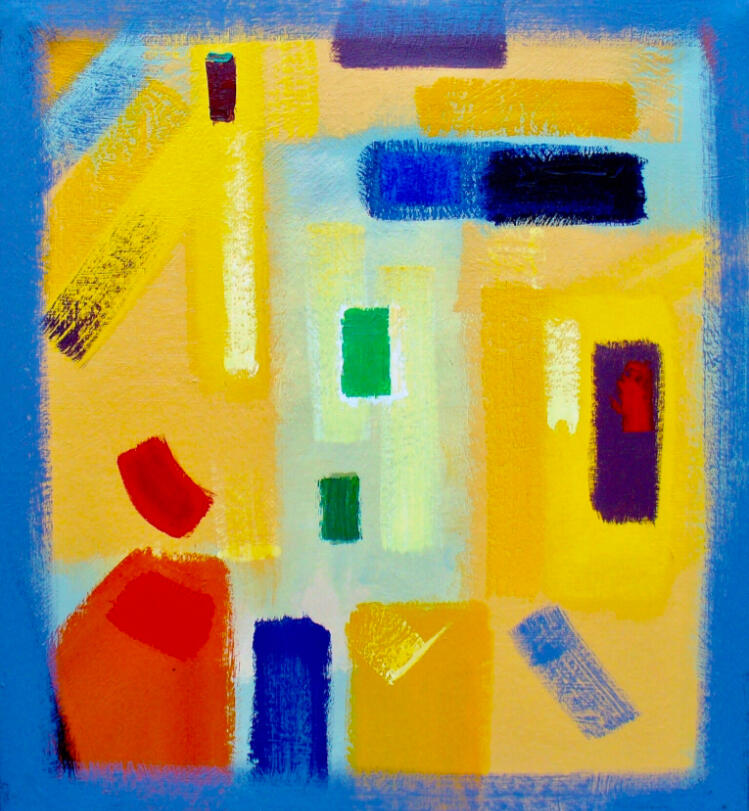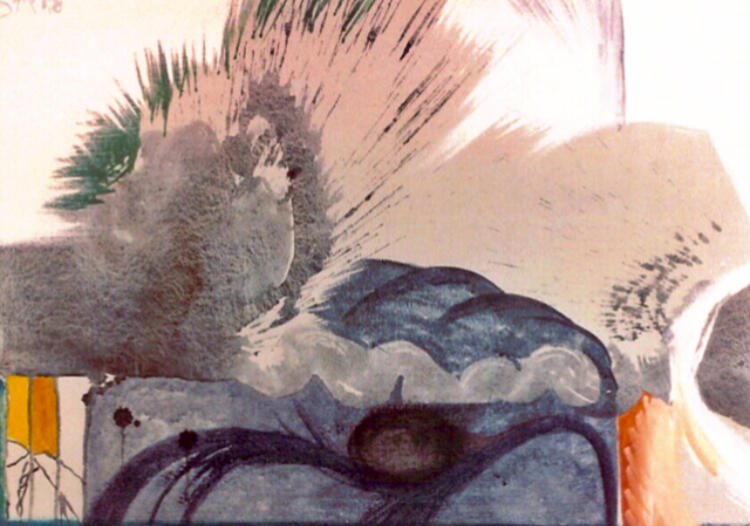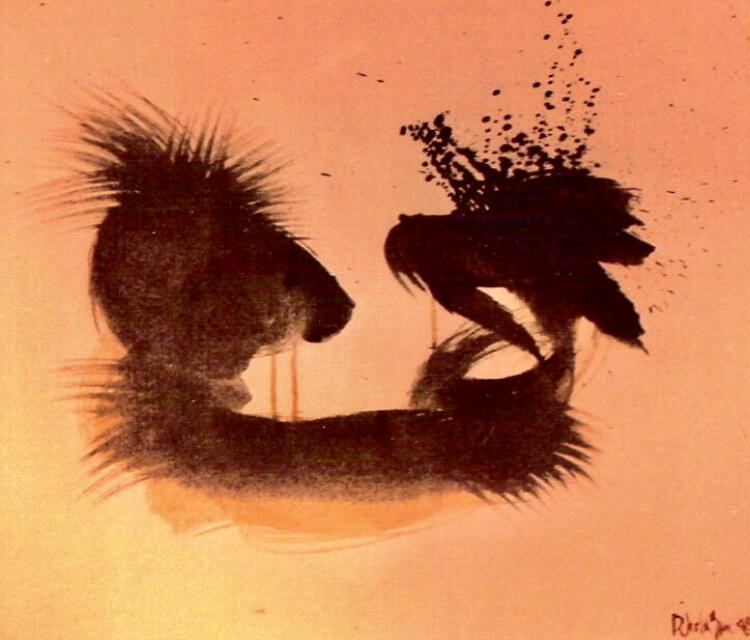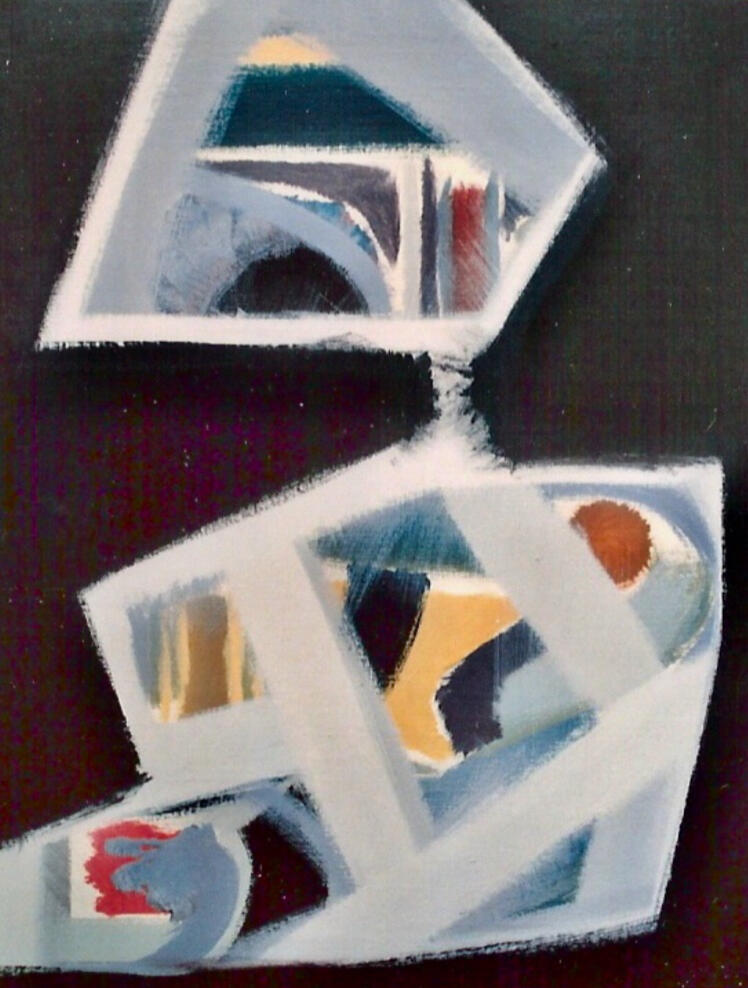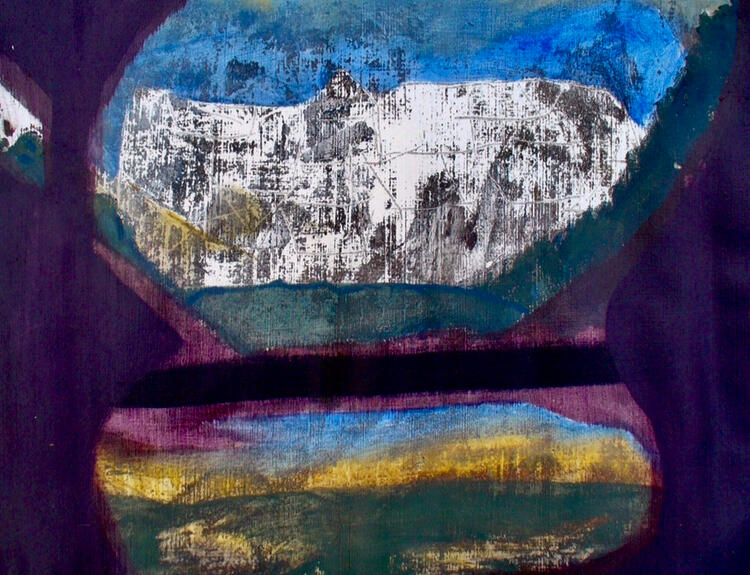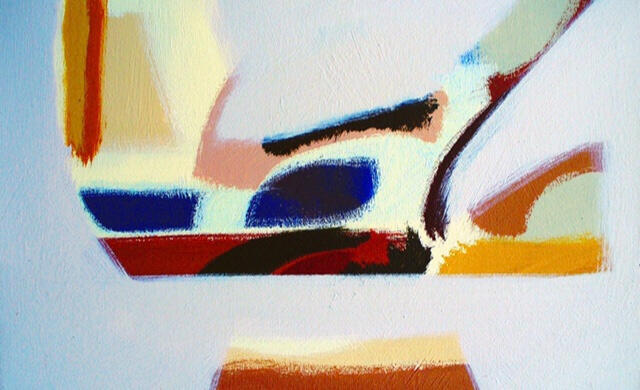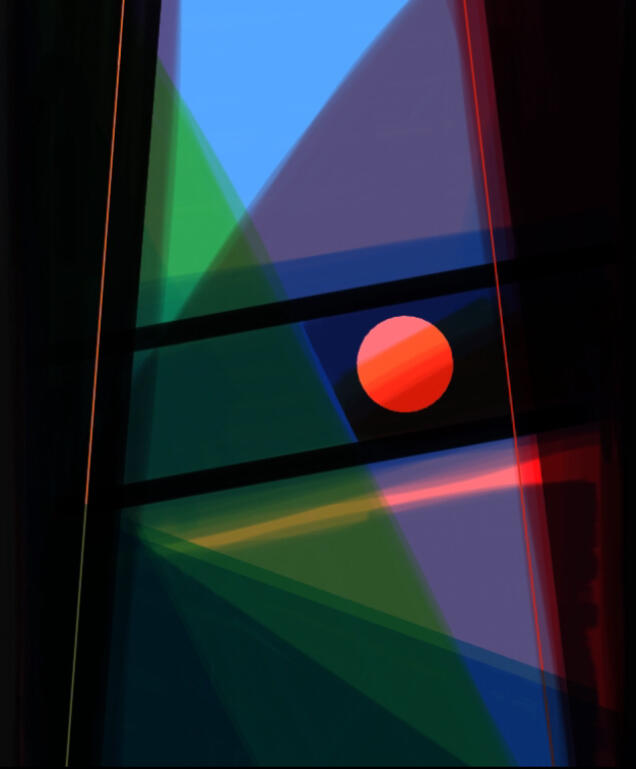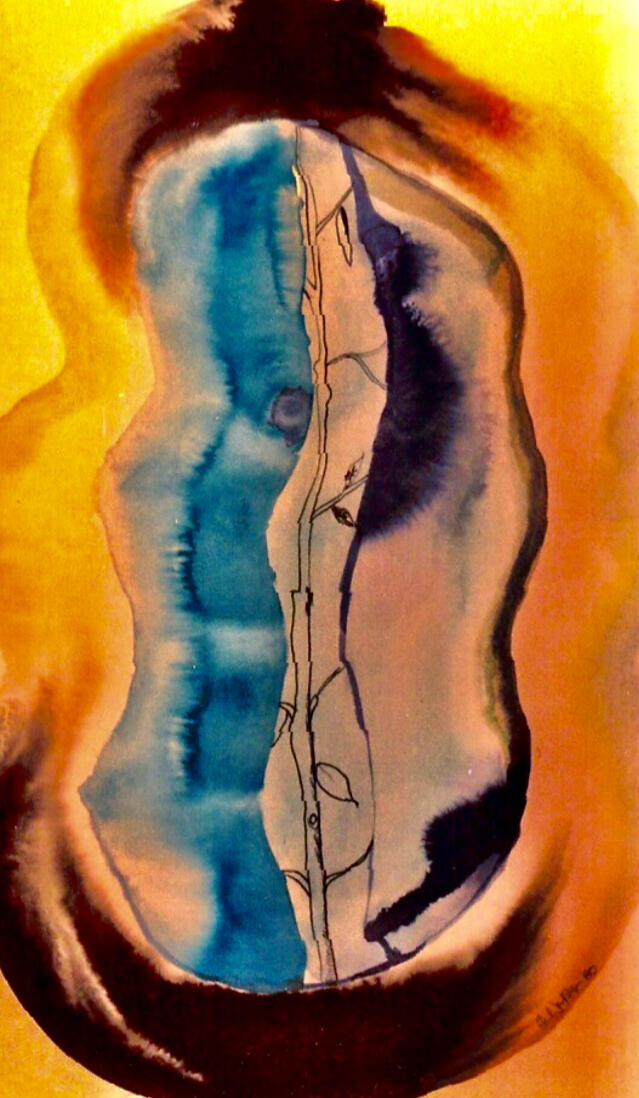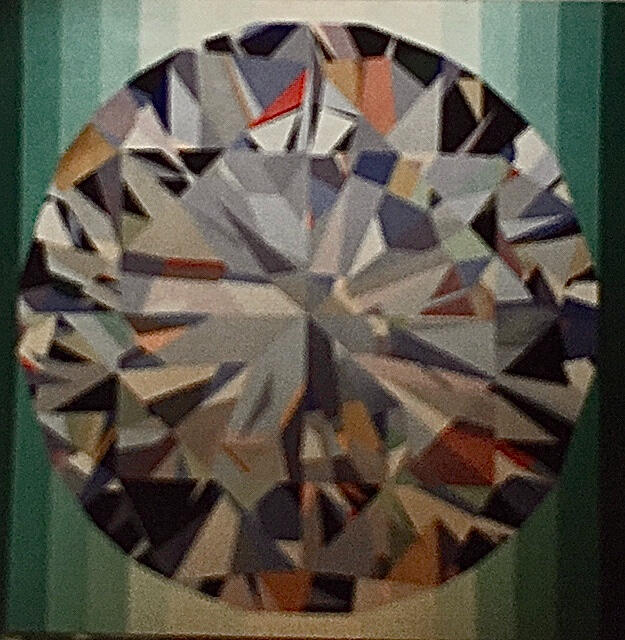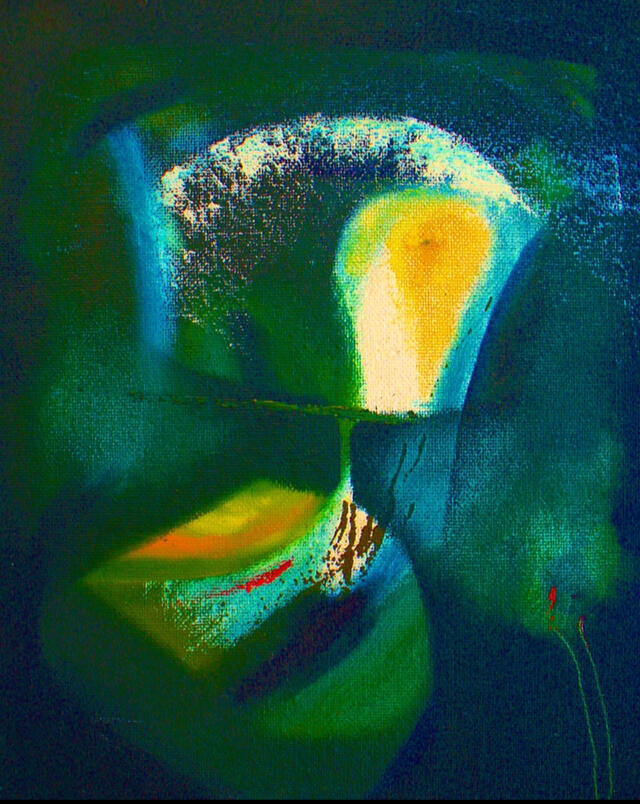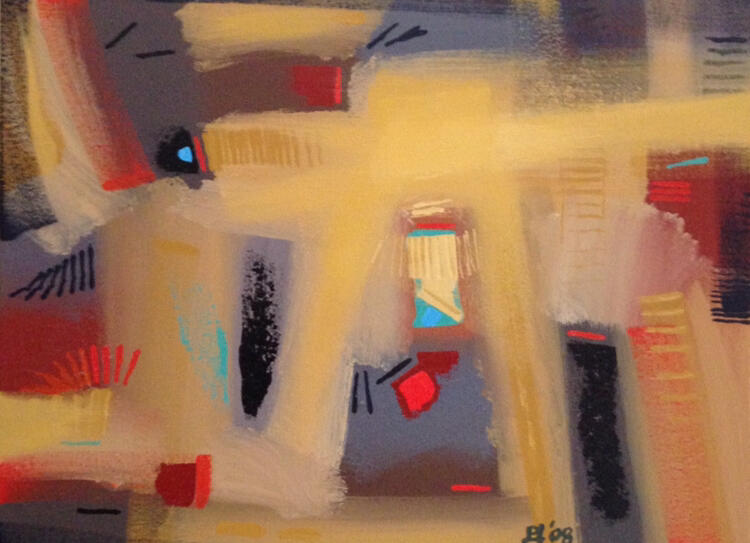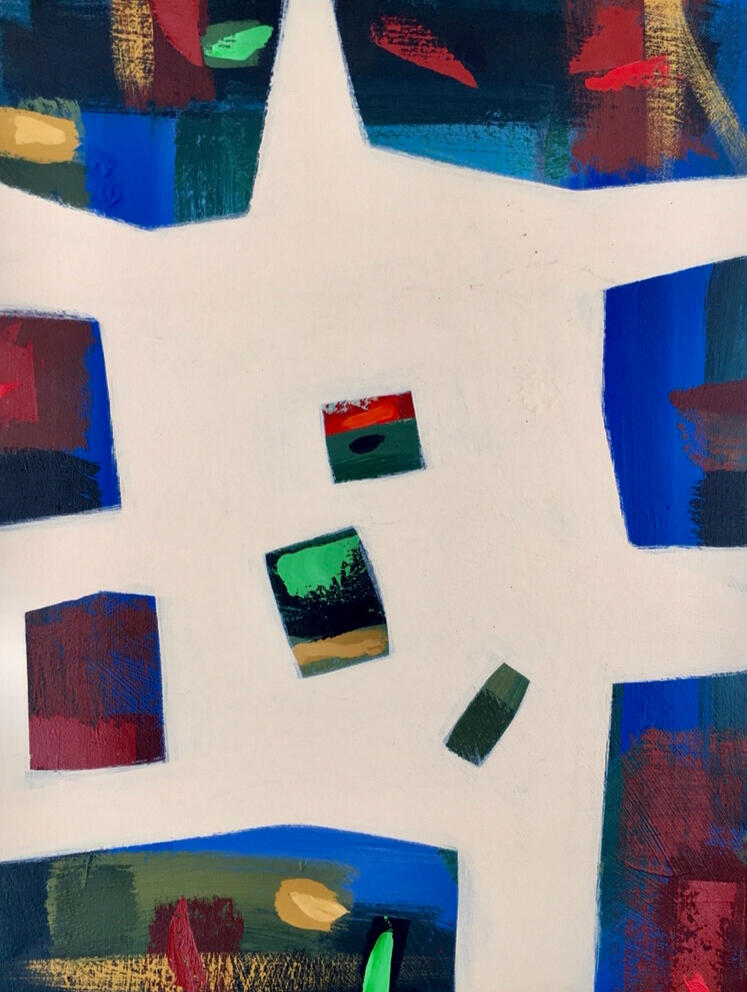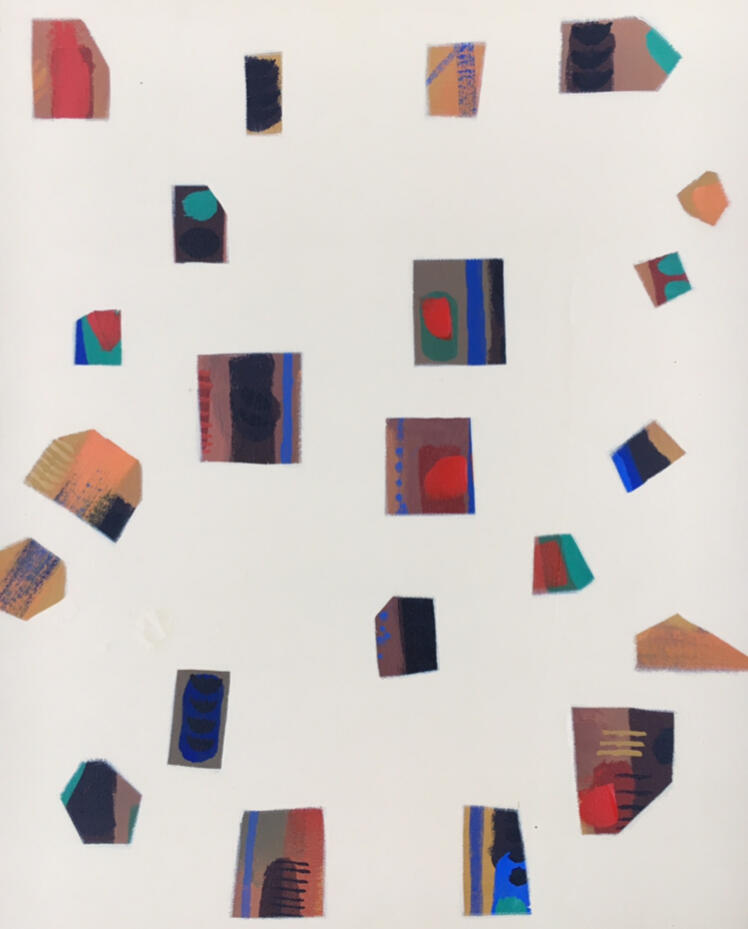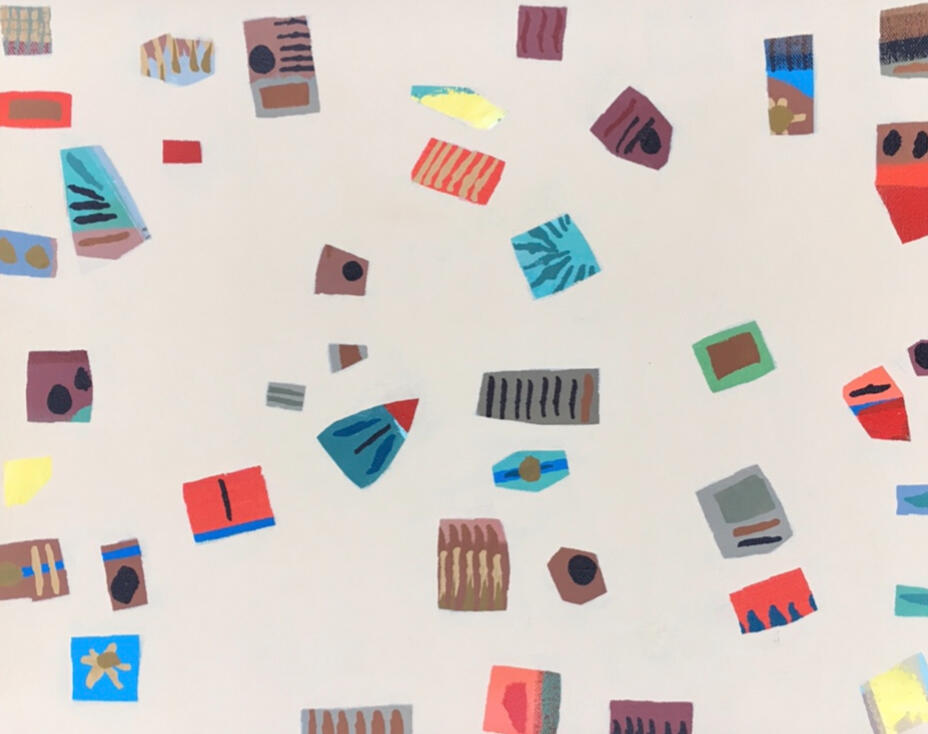Philip C. Jackson
FINE ART PAINTER
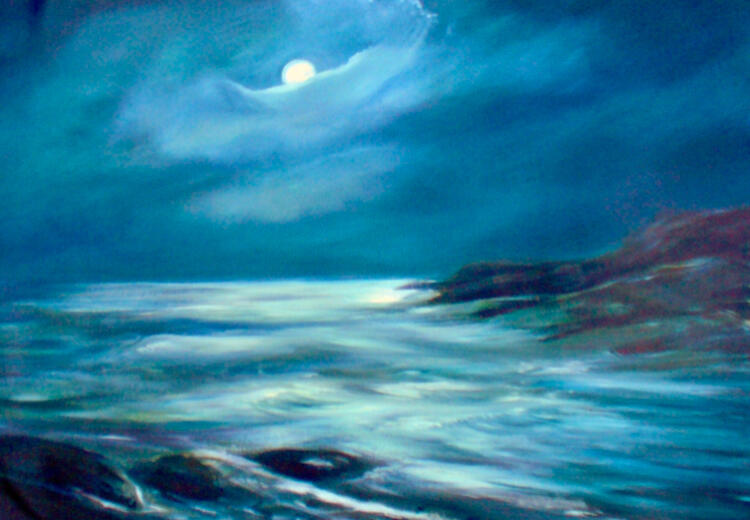
Fine Art Painter
1970-1980Early stage
1990-2000Middle stage
2010-currentLate stage
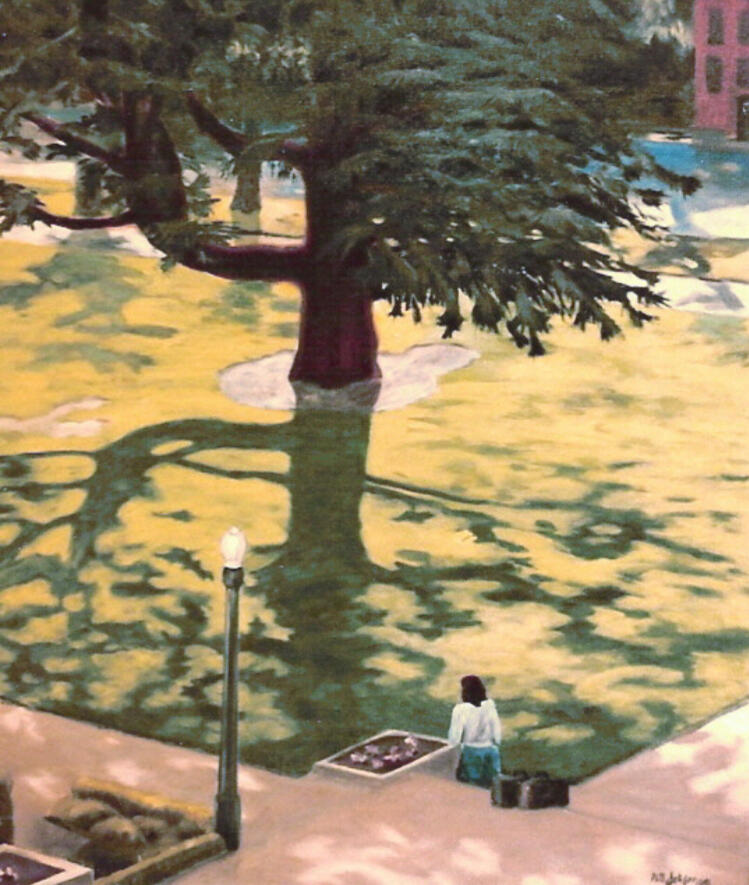
About Phil
In 1957, at age five, in front of an easel, sitting on his daddy’s knee with an open copy of Robert Henri’s “The Art Spirit” on the side table, Phil became infused with an appreciation of beauty; swing and feeling line, anatomy and color.As a young man he began painting and has since developed without interruption. Through the contents of his only visual connection to the art world, “Two Hundred Years Of American Painting”, Phil was completely immersed in the nineteenth century American art of Stuart, Copley, Cole and Durand. Early Twentieth century American art flourished through the Ashcan School. And though it laid a firm foundation it was not his only influence.
Extended biography
In 1957, at age five, in front of an easel, sitting on his daddy’s knee with an open copy of Robert Henri’s “The Art Spirit” on the side table, Phil became infused with an appreciation of beauty; swing and feeling line, anatomy and color.As a young man he began painting and has since developed without interruption. Through the contents of his only visual connection to the art world, “Two Hundred Years Of American Painting”, Phil was completely immersed in the nineteenth century American art of Stuart, Copley, Cole and Durand. Early Twentieth century American art flourished through the Ashcan School. And though it laid a firm foundation it was not his only influence. Edward Hopper was huge. Sloan, Bellows and O’Keefe were followed by Sheeler, Stella and Vaserely.From age nineteen, with training at Vesper George School of Art, naturalism was the initial attraction. But that did not last long. After enrolling at the University of Massachusetts, abstraction immediately took hold. For a while it had been a mixture of the two styles with nonobjective eventually dominating. Then, drained, he stopped painting for six years having gone into luthery; the construction of classical guitars. Having finishing 104 instruments, circumstances forces him to stop. There was a three year hiatus but now he is back.Twenty years ago Phil developed a particular style of nonobjective painting. It’s quite a performance. The canvas is stretched. Pigment laid out. Concentration. Then: He commences with a very swift application of color—brushed, dripped, smeared, spattered, sponged, showered, stenciled; whatever comes to mind—then silence and contemplation. Rest. Absorb the action and mentally file it, feeling as much as possible. After a few hours it’s back to the piece. Stare. An off-white mixture of paint is in a small bucket. Square 2 inch brush dips into the paint. There are ugly patches as well as beautiful patches to be covered with the off-white paint. With no time to decide, and solely by a intuition, He covers the entire canvas—swiftly, deftly and unhesitatingly— ugly areas are covered and beautiful areas are saved. During the last phase, the position of each patch and relationships among them must be considered because there must be a general sense of balance. They all must look comfortable together; sympathetic colors and shapes interacting. The canvas edges have to be considered, with some patches leaving the canvas and others contained by it. It must be in organic whole; a happy group.
Early stage
1970-1980
Middle stage
1990-2000
Late stage
2010-current
